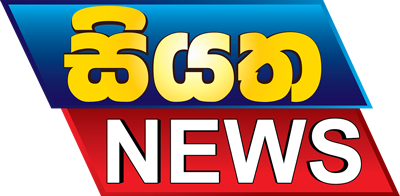An annular solar eclipse can be observed from Sri Lanka on the day following Christmas (December 26), says the Arthur C Clarke Institute for Modern Technologies.
“If the Weather is permitting, the annular phase of this solar eclipse is visible from Saudi Arabia, southern India, Northern parts of Sri Lanka and parts of Indonesia. Those in Europe, parts of Asia, Southern parts Sri Lanka and North-West Australia will see a partial eclipse,” Sri Lanka’s major astronomy body said in a statement.
The Annular phase of the eclipse begins approximately 180 kilometers West of Dammam in the desert of eastern Saudi Arabia around 9.04 a.m. (Sri Lankan Time), according to the statement.
It further read: “The greatest eclipse happened when the axis of moon’s shadow becomes shortest at 010 00.3’ N latitude and 1020 16.5’ E longitude at 10.47.36 a.m. (Sri Lankan Standard time) close to Padang Island in Sumaththra Indonesia. While the annular eclipse path is around 130 km wide at this occasion the annular phase will last 03 minutes 39.5 seconds (03min 39.5s) and 94% of the solar disk is covered by the Moon.”
The both partial and annular phases (Penumbral and Umbra shadow) of the eclipse will be first touched on Sri Lankan lands at 8:08:44.0 a.m. and 9.33.16.7 a.m. respectively on Delft Island in Jaffna area, says the Arthur C Clarke Institute. “At this penumbral first touch the Sun will be at the altitude of 22.10 while when the Sun reaches at the altitude of 39.20 the Umbra shadow will touch the Sri Lankan lands. The center line of the of the umbra shadow enter Sri Lankan tertiary through Analathivu Island in Jaffna , crosses the A9 road close to Murikandi, Iranamadu area and traverses along Kokuthuduwai in Welioya area.”
The annular phase will last only 2 minutes and 40 seconds within the main land of Sri Lanka along the center line, the statement said. During the maximum annular phase along the center line within the Sri Lanka main land, the moon will cover approximately 93% of the Sun.
The Arthur C Clarke Institute has advised the general public not to view the solar eclipse with the naked eye or any optical device, such as binoculars or a telescope without a filter.












